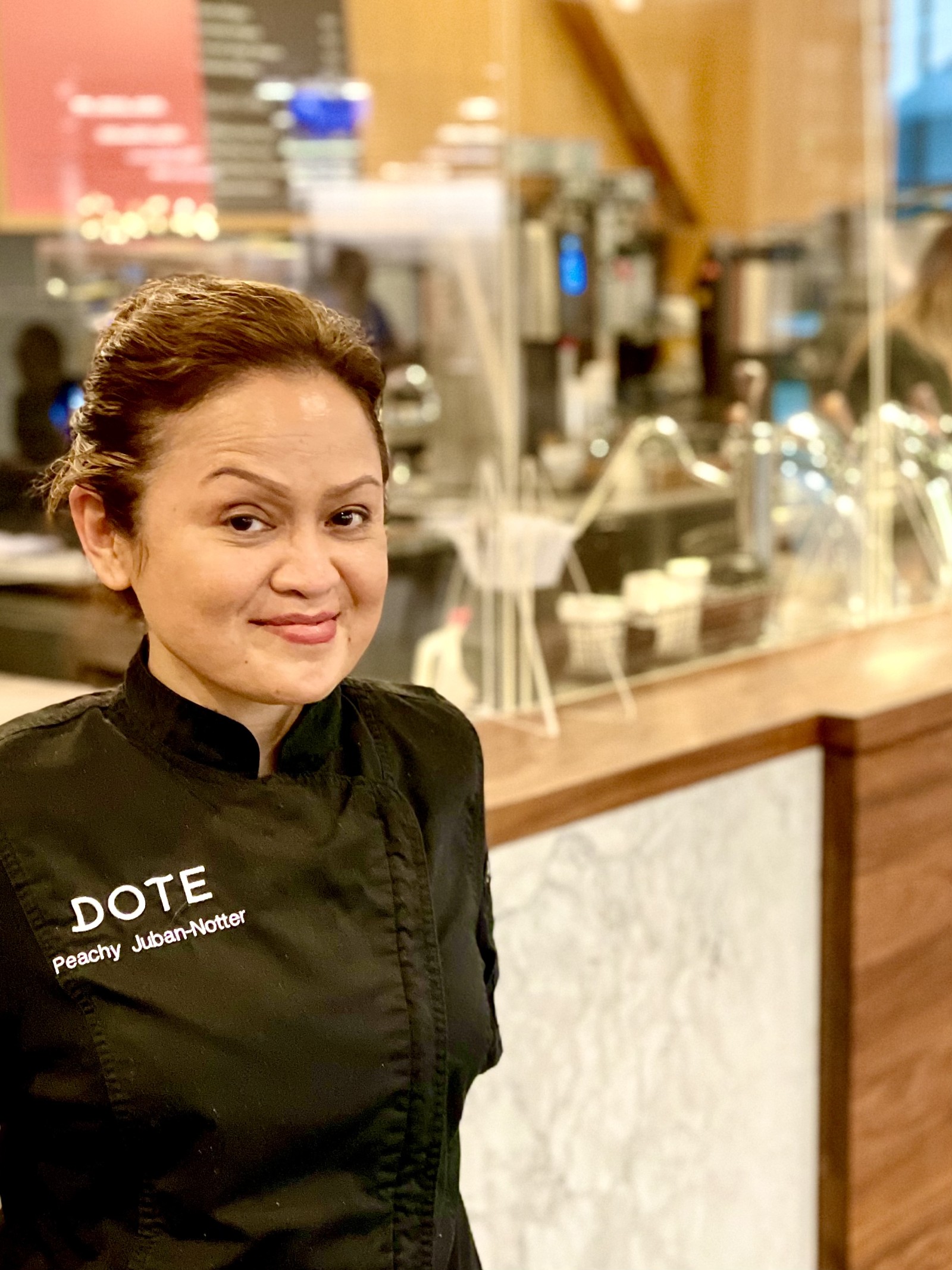How to Make your Brand Stand Out
Being a newbie in any industry is tough, most especially in the cutthroat world of food and bever-ag...

October 29, 2021
A comparison of the pastry industry in the Philippines and the US with Peachy Juban-Notter
“I have my eye on you, Manila. Your journey continues to touch mine,” says pastry chef and
instructor Peachy Juban-Notter who moved from Manila to Seattle back in 2018 to be with her husband Ewald and work at DOTE Coffee Bar in Bellevue, Washington.
She is making a case for the local pastry industry (chefs and products included) to finally take off and receive the worldwide acclaim it deserves. It’s not such a far-fetched idea, she believes. Once an active participant in Philippine baking and the evolution of local pastry, the 2010 Food & Hotel Asia Gold (Wedding Cake) winner had the privilege of witnessing how it grew and matured, especially in the last decade. It has always been a competitive industry, she says, all the more because the players have such a small market to share.
“Right before I left the Philippines, what excited me most was exploring the potential of our
traditional ingredients and cooking techniques as applied in modern ways in pastry. Contributing to the Madrid Fusion Kanin project was a challenge and an eye-opener that kakanin can be sexy.”
“The goal is to be a trendsetter, not to remain a trend follower,” adds Juban-Notter. “And if my Instagram feed is anything to go by, the local pastry industry is alive and well, maybe more so now than ever. There is better access to a wider selection of ingredients, tools, equipment, and information is within reach with a simple click. Filipinos are resilient, resourceful, and hard working.”
Comparing the pastry industry in the Philippines to the US is like pitting lemons against
calamansi. America is bigger at many levels but Filipinos have more punch. “I am known to
brag that the Philippines is quicker to tap into trends than America; we do not top the world in the amount of time online for nothing. And also because Pinoys are everywhere—and I mean everywhere—we have developed a palate made sophisticated by our multi-cultural influences.”
In the US, the spotlight is currently on Filipinx food. Case in point: Musang by Melissa Miranda, which was named Seattle Met’s 2020 Restaurant of the Year. The community-driven restaurant aims to focus on the education and experience of Filipino cuisine by serving items such as short rib kare-kare, roasted chicken adobo, adobong pusit pancit, ube flan, and bibingka.
Kora Bakery has over 800 people in their waitlist for their champorado, leche flan, and pinipig
doughnuts. Mountain Province Espresso Bar in Brooklyn serves cassava cake together with
their Philippine-sourced coffee. And Chari Heredia-Reyes sells coconut halaya ensaymada and queso de bola with salted ensaymada in California.
Filipino pastry chefs, and home bakers even, are ready to conquer the world and introduce
everybody to our local ingredients and flavors. And Peachy can’t wait to witness this unfold.
Check out these food fusions between Filipino and Middle Eastern cuisines
The unending quest for healthy and sustainable food amid changing lifestyles
A quick look at the Philippine food staple often getting a bad health rap